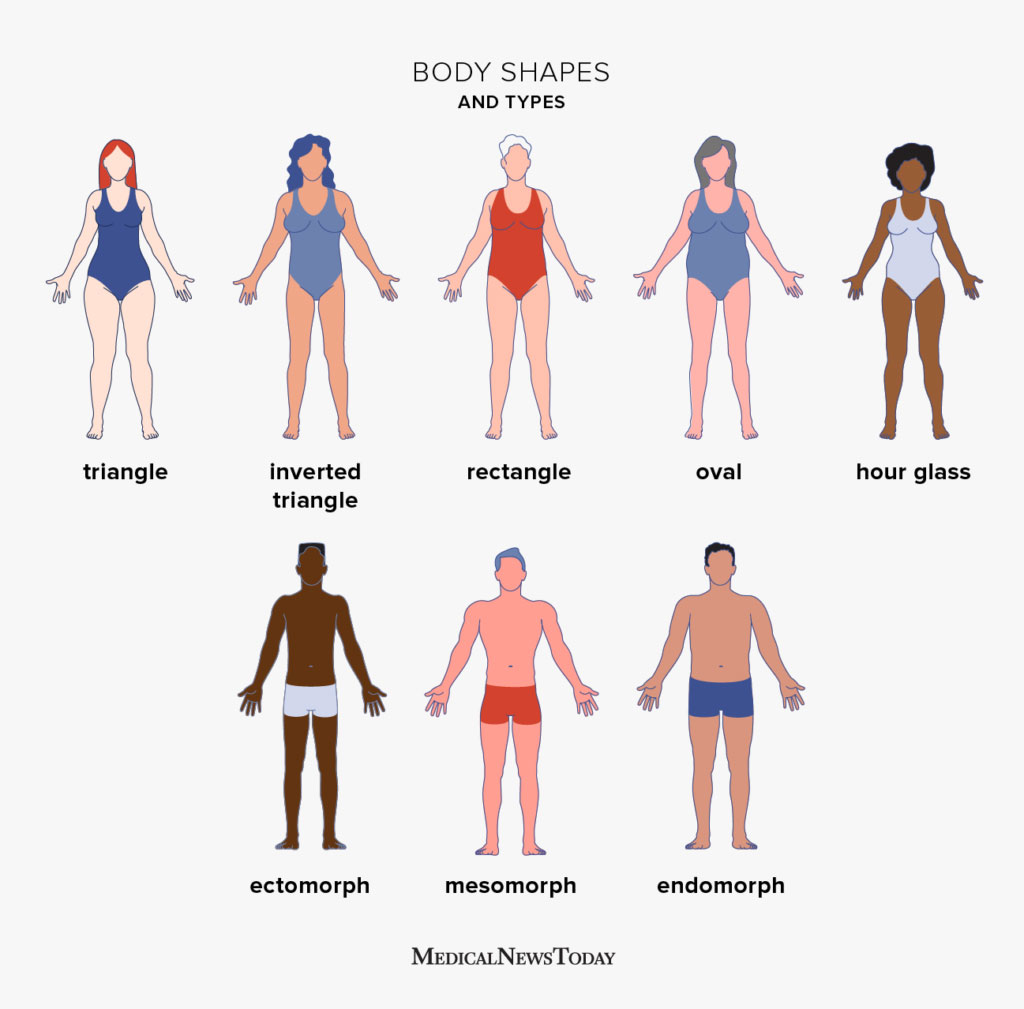Human bodies come in a diverse array of shapes and sizes, each unique and influenced by a combination of genetics, lifestyle, and environmental factors.
One prevalent body type is the ectomorph. Ectomorphs typically possess a lean and slender build, characterized by long limbs and a fast metabolism. Individuals with this body type often find it challenging to gain weight or muscle mass despite their voracious appetites.
Endowed with a natural agility, ectomorphs excel in activities such as endurance sports and dance.
On the opposite end of the spectrum, mesomorphs showcase a more muscular and athletic physique. With a naturally higher percentage of lean muscle mass, they tend to gain and lose weight relatively easily. Mesomorphs often excel in sports that require power and strength, such as weightlifting and sprinting.

Their well-defined muscles and broader shoulders contribute to a robust and powerful appearance.
Endomorphs, meanwhile, possess a more rounded big booty, characterized by a higher percentage of body fat. These individuals may find it easier to gain weight but face challenges in shedding excess fat. Endomorphs often have a curvier silhouette and may excel in activities that require endurance, such as long-distance running or swimming.
Despite societal pressures, it’s important to recognize that endomorphs can be just as healthy and fit as other body types.
The apple and pear shapes describe how fat is distributed in the body.
Individuals with an apple-shaped body tend to carry excess weight around the abdominal area, while those with a pear-shaped body store it in the hips and thighs.
The distribution of fat can impact health risks, with abdominal fat potentially posing a higher risk of certain health conditions such as cardiovascular diseases. Understanding one’s body shape can be useful in tailoring fitness and nutrition plans to promote overall well-being.
Finally, it’s crucial to acknowledge that these body types exist on a spectrum, and many individuals do not neatly fit into one category.
Genetics, lifestyle choices, and various life stages contribute to the diversity in human bodies.
Celebrating and respecting these differences is essential in promoting a positive body image and fostering a society that values health and well-being in all its forms.

